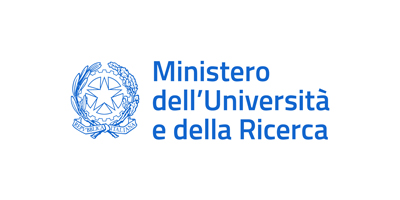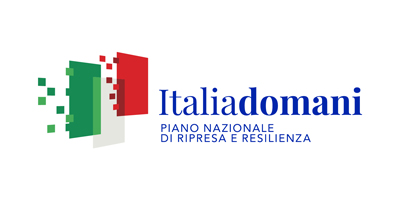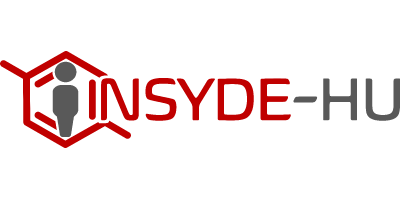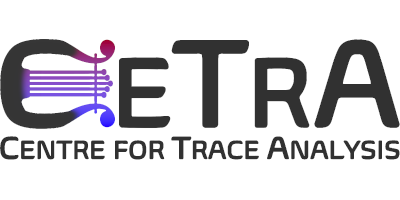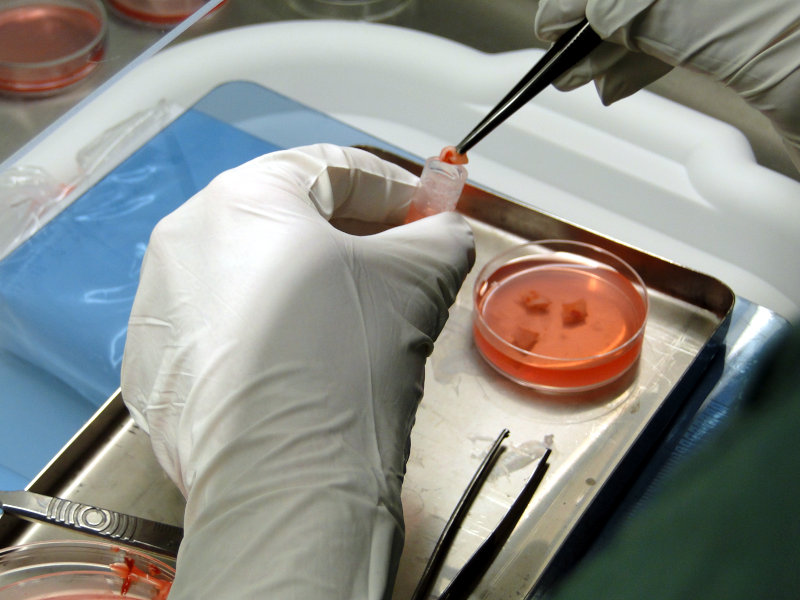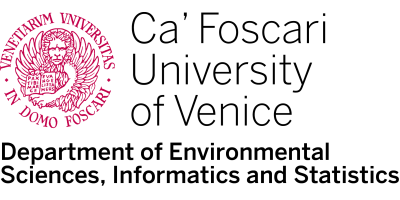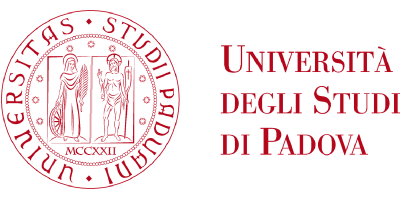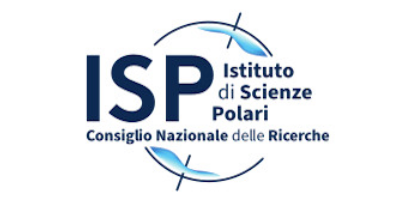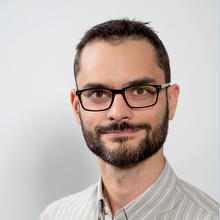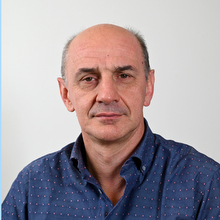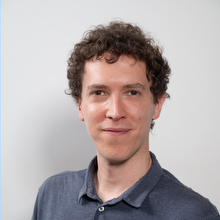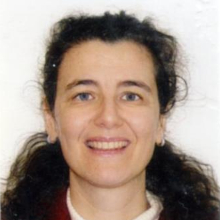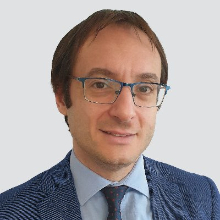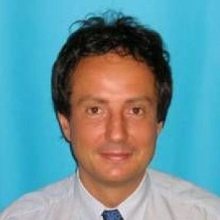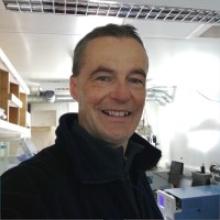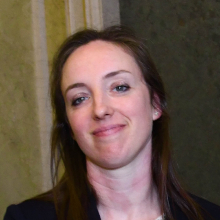INSYDE-HU
Integrated systemic detection of pollutants in the human body
Project
Human biomonitoring (HBM) is a pivotal approach in human health protection against environmental pollutants, that relies on measuring their actual level in the body. Introduced in the field of occupational medicine, HBM has been implemented to the large-scale monitoring of unexposed population, especially through recent EU level-coordinated joint initiatives such as Human biomonitoring for Europe (HBM4EU). While the standard HBM strategy is based on the analysis of minimally invasive matrices (blood, urine), monitoring human tissues on selected subjects would provide highly informative data on the actual level of toxicants in target organs, particularly upon chronic exposure, but it is highly challenging and virtually unexplored. The INSYDE-HU project aims to overcome these limits by setting up an innovative analytical platform targeted to explore the potential for biomonitoring of tissues from not-embalmed cadavers and surgical wastes.


Research
Starting and extending from a screening of priority pollutants according to the most recent EU environmental regulations and HBM initiatives, we selected a comprehensive pool of analytes of concern that share their potential of population exposure, toxicological relevance and lack of literature data on their actual presence and level in the human body. The starting list of analytes includes acrylamide and its metabolites, bisphenols, polycyclic aromatic hydrocarbons and their metabolites, (micro)plastics, metals/metalloids totals and speciation (chromium, arsenic, mercury, lead and tin). The project INSYDE-HU aims at developing and implementing a set of innovative analytical methods to explore the detectability of these substances in a wide variety of target human organs and tissues from BDP individuals, adipose tissue from living surgery patients, plus classical HBM matrices blood and urine for possible direct comparison. Dead and living subjects will also reflect two main project applicative lines: the former being more case-study oriented with focus on individual systemic distribution of selected pollutants, the latter set as a pilot cross-sectional study.
The project takes advantage of the cutting-edge instrumental resources provided by the Centre for Trace Analysis.
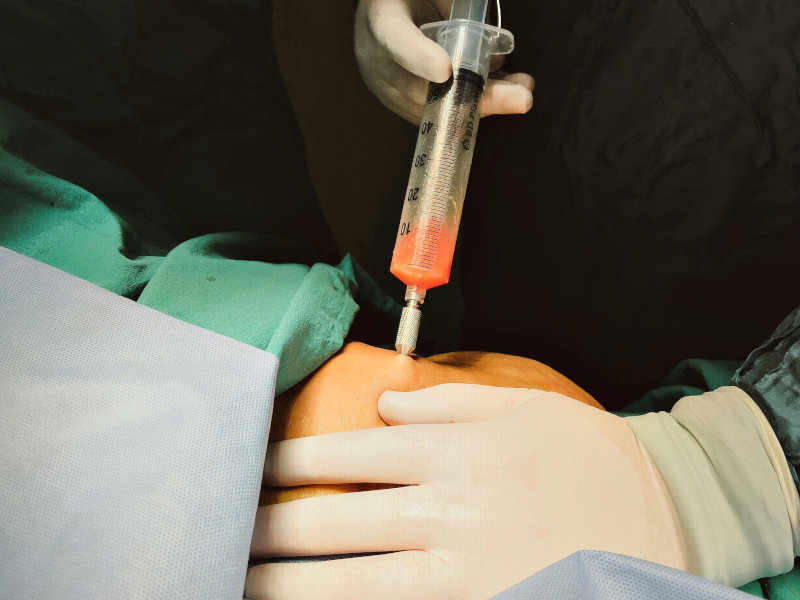
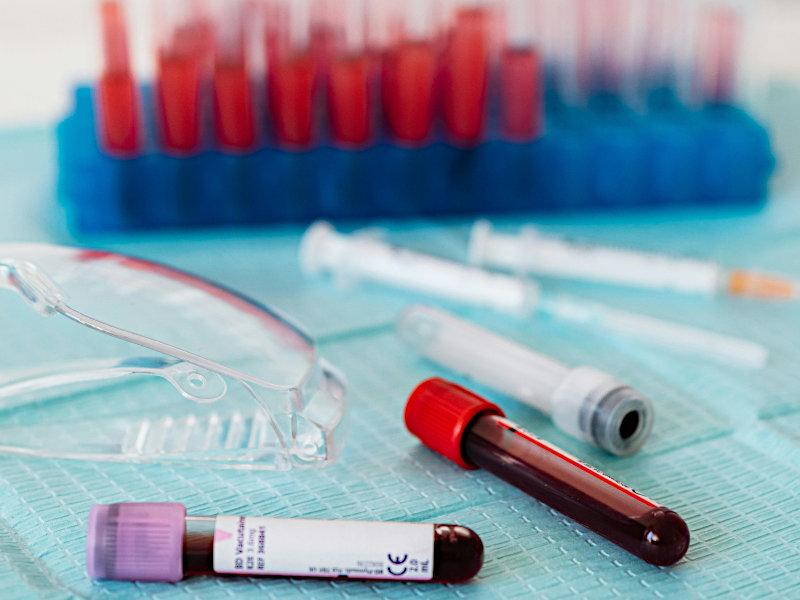
Outcomes
The project outcomes will be inspired by the keyword integration and will be realized at three main levels:
- An innovative set of analytical methodologies will be developed, specifically dedicated and validated to determination of pollutants and contaminants in human tissues. The analytical platform will constitute a reference toolkit for future scientific research dedicated at expanding the statistical robustness and representativity of toxicological studies.
- A pilot dataset will be generated concerning the currently unexplored presence and levels of a variety of chemicals of environmental concern in tissues from non-occupationally exposed individuals in Italy. The results will constitute a foundation for future epidemiological research and the strengthening of HBM programmes in both the unexposed population and specific case-studies of occupational exposure.
- The multidisciplinary cooperative network integrating medical sciences and analytical chemistry constructed for the project will set a standard for bridging the fields of environmental monitoring and public health protection, materializing the concept of One Health. Systematic cooperations will be set amongst the research teams of INSYDE-HU and management bodies operating in the public health and environmental protection, to ensure knowledge transfer, continuity and expansions well beyond the project.
Team
Partnership
The INSYDE-HU project grounds on a partnership amongst:
- Ca’ Foscari University of Venice, Department of Environmental Sciences, Informatics and Statistics (coordinator), leading institution in the development and application of new analytical methodologies for the determination of pollutants and contaminants in any environmental compartment.
- The University of Padova, Department of Neurosciences [ITA], providing expertise in anatomical sciences and access to the samples thanks to the integration with the Body Donation Program - DBP [ITA] and the School of Plastic, Reconstructive and Aesthetic Surgery [ITA].
- The Institute of Polar Sciences of the Italian National Research Council (CNR-ISP), a reference research center for the study of pollution dynamics at extremely low levels and in complex matrices.
Coordinator Unit UniVe
Marco Roman
Principal Investigator
Associate Professor of Analytical Chemistry
Andrea Gambaro
Full professor of Analytical Chemistry
Matteo Feltracco
Researcher of Analytical Chemistry
Luca Sorarù
PhD student of Environmental Sciences
Associated Unit UniPd
Elena Stocco
Associated Principal Investigator
Researcher of Human Anatomy
Veronica Macchi
Full Professor of Human Anatomy
Andrea Porzionato
Full Professor of Human Anatomy
Vincenzo Vindigni
Full Professor of Plastic Surgery
Associated Unit CNR-ISP
Warren Raymond Lee Cairns
Associated Principal Investigator
Senior Researcher
Elena Gregoris
Researcher


